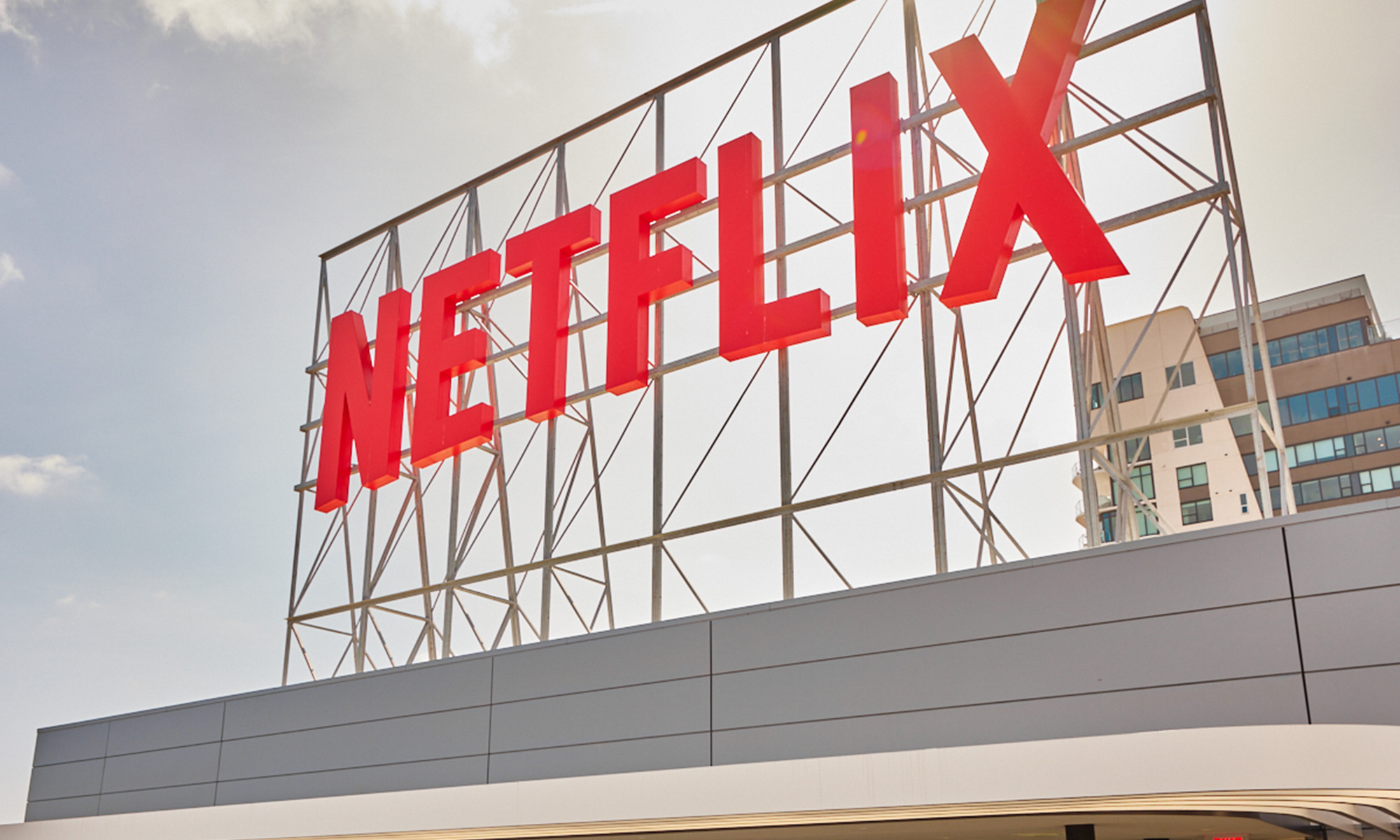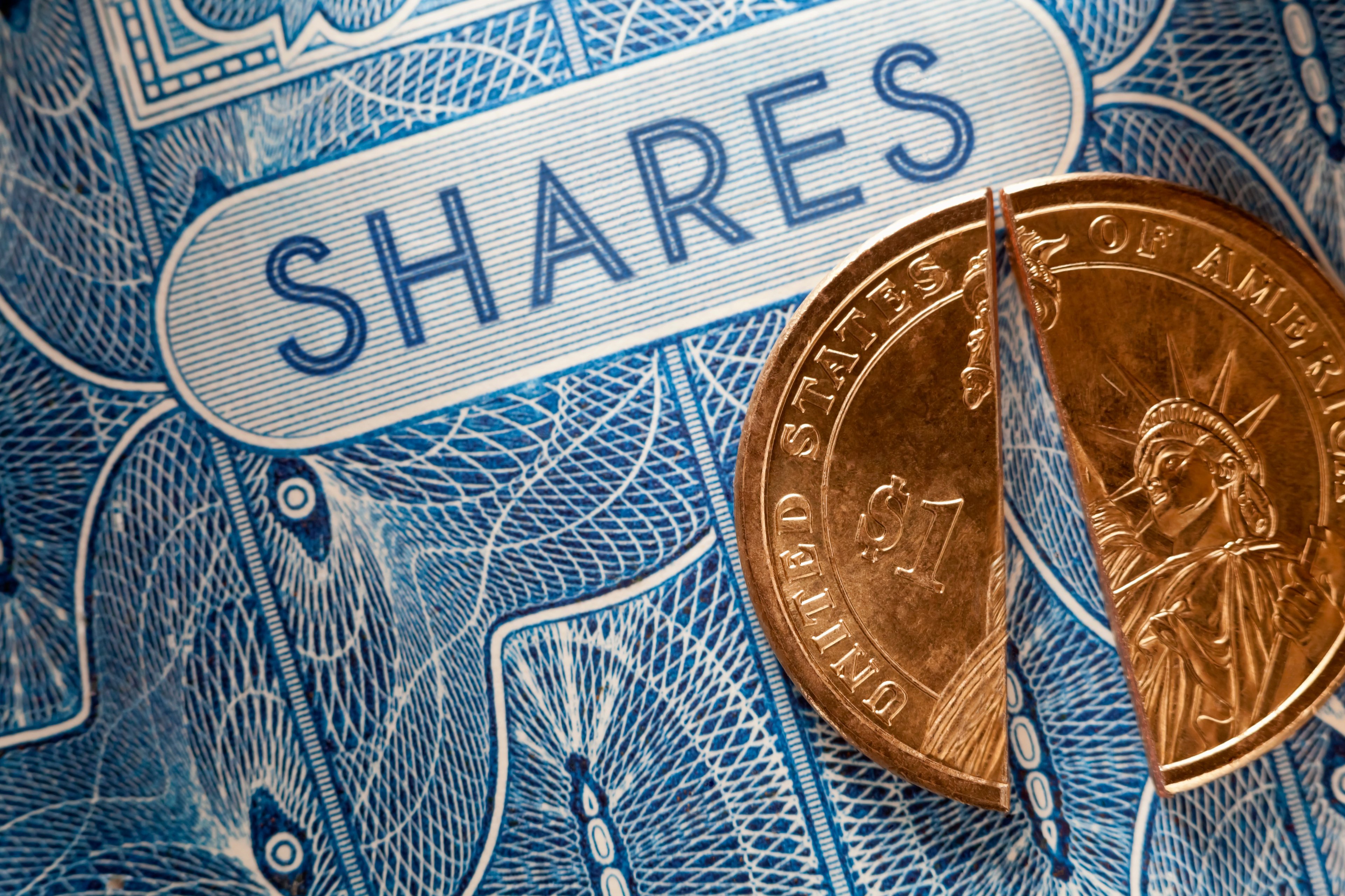
Amazon.com (AMZN +0.08%) has always been coy about the exact size of its Prime member base. But according to a new press release from the online retail behemoth, that base is now growing faster than ever.
On Friday, Amazon announced that more than 10 million people "tried Prime for the first time" this holiday season. That's a new company record, thanks in no small part to Prime's unlimited free two-day shipping option for holiday gifts. Previous estimates pegged Amazon's total number of Prime users at around 50 million, which means its base increased by over 20% in the past few months alone -- and that's despite the fact that Amazon earlier this year increased Prime's annual membership cost by $20 to $99.
There's a catch
On the surface, that would also mean Amazon collected nearly $1 billion in Amazon Prime membership fees this holiday season. However, that's almost certainly not the case.
Remember, "tried Prime" are the key words here, as Amazon regularly offers 30-day free trials of the service to any non-member. In short, this means many of those 10 million newbies could easily jump ship before their trial periods expire to avoid forking out that $99.
In any case, in a follow-up press release Sunday, Amazon revealed that Prime members saved over $2 billion in shipping costs this holiday season. And 100 million more items shipped for free from Amazon compared with the same year-ago period. Make no mistake: Online shoppers are loving Amazon's free shipping options.
It's not all about free shipping
As Amazon also pointed out in its PR, however, it's working hard to make Prime as sticky as possible by adding additional layers of service. After all, Prime also includes (but isn't limited to) Amazon's answer to Netflix (NFLX +0.52%) in Prime Instant Video, unlimited music streaming through Prime Music, access to over 700,000 books through the Kindle Owners' Lending Library, and unlimited cloud photo storage through Prime Photos. In fact, since its launch in November, members have already uploaded almost 1 billion photos to the cloud using Prime Photos.

For further perspective on that value proposition, note that Netflix's popular video streaming service by itself starts at $7.99 per month, or $95.88 per year. Then again, Netflix is also working hard to differentiate itself not only by investing hundreds of millions of dollars each year to finance dozens of original shows, but also to secure exclusive third-party content agreements with the likes of Disney.
At the same time, Amazon Prime Instant Video continues to add its own original works, and it recently became the exclusive online distributor of HBO content. Amazon is also reportedly gearing up to launch a low- or no-cost ad-supported video service aimed at both taking on Netflix and upselling viewers to more lucrative Prime memberships.
On one hand, we can't ignore the possibility that such an ad-supported service could undermine Amazon's existing Prime base. By giving members an even cheaper option to enjoy streaming video -- engagement with which management describes as key to bolstering member retention -- Amazon could be offering less dedicated Prime members a compelling reason not to renew. On the other hand, if it does turn out to be a net positive, Amazon shareholders will have another reason to rejoice as Prime members as a group historically spend at least twice as much buying physical merchandise than Amazon shoppers who don't subscribe.
That's part of the reason Amazon.com last quarter was able to grow revenue by a staggering 20% to $20.58 billion, including 16% growth in net product sales to $16 billion. And make no mistake: The law of large numbers means Amazon's growth will have to slow eventually.
If one thing seems clear given Amazon's latest announcement, however, it's that Amazon is having no trouble luring shoppers to try Prime given the promise of free shipping alone. At this point, Amazon shareholders should keep a close eye on whether Prime's ever-expanding supplementary benefits are enough to keep its 10 million newcomers returning for more. Because if they do, it should go a long way toward helping Amazon.com maintain its incredible growth going forward.






